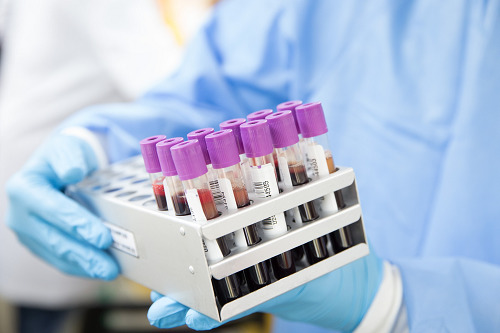How the Lowered BLRV is Affecting Childhood Lead Poisoning Prevention Programs

Lead poisoning remains an imminent threat to children and communities all over the country. The Centers for Disease Control and Prevention’s Childhood Lead Poisoning Prevention Program (CLPPP) is responsible for informing the public and state health departments about the risks of lead poisoning and how to prevent it. Lead poisoning is typically measured using the blood lead reference value (BLRV). In October 2021, the CDC lowered the BLRV from 5 micrograms per deciliter to 3.5 micrograms per deciliter for children ages one to five. The change is expected to have a dramatic effect on state lead poisoning prevention programs.
How is Lead Poisoning Prevention Being Affected by the New BLRV?
According to the latest estimates, the new BLRV standard for young children will increase the number of children with high lead blood levels from 200,000 to nearly 500,000.
Resource Constraints
The change will increase workloads for state lead poisoning prevention programs and strain existing resources. Some state lead prevention teams are already overextended, and increasing the number of reported cases will only make the problem worse unless these programs can find a way to streamline the information intake and collection process.
Family Engagement
As more children are diagnosed with high lead blood levels, providers and state prevention programs will need to increase family outreach and engagement to inform parents and guardians of the potential symptoms and risks. Providers and officials will need to communicate with the public to reduce exposure if the problem is discovered within a particular region or building.
Responding to New Regulations or Recommendations
Providers and childhood lead poisoning prevention programs are required to comply with the new regulations and reporting requirements, which will change how the organization conducts its operations. The team must come up with a way to respond to new cases in a timely manner using the resources they have.
Supporting Regulatory Compliance
Ultimately, these organizations need to support the new regulatory guidelines to help the CLPPP achieve its mission. These changes will protect young children from lead poisoning by lowering the reporting standard. This will increase the number of children affected, but it will also help to educate those most at risk and raise awareness of the issue.
Finding a solution for these concerns requires strategic planning and systematic change. State and local lead poisoning prevention programs may need to change their public health data management tools and lead surveillance systems, including how they document and respond to reported cases to comply with the new standards. These updates should be focused on creating efficiency within their systems to allow the team to respond to more cases in the same amount of time.
How to Prevent Lead Poisoning
Lead poisoning can only be prevented through regular screening. Toxic lead particles can be found in many of the products and natural resources we use today. It’s important for providers and public health officials to test lead blood levels often, especially in communities where lead is most likely to exist, including homes and buildings made before 1950. Once a case has been reported, officials must identify the source and remove the lead from the community. They also need to keep the public informed, so everyone can do their part to reduce exposure.
How to Prevent Child Lead Poisoning
Childhood lead poisoning can be prevented by regularly testing children in high-risk areas for abnormally high blood lead levels. Public health officials also need to educate parents and community leaders on the risks of childhood lead poisoning and the latest prevention guidelines to keep families safe.
The new BLRV standard will likely add stress to an already fragile system, but states can comply with the latest regulations by updating the information intake and reporting process.